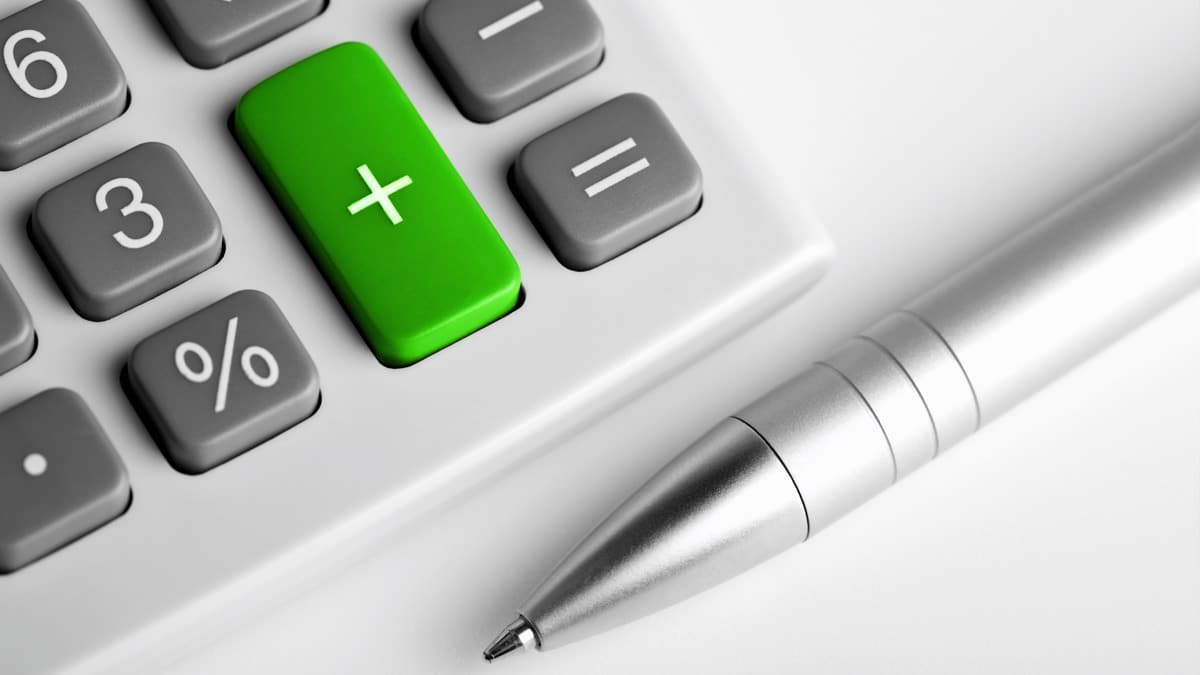In this guide
- What is an account-based pension?
- Minimum pension payment rates
- Minimum pension payment calculator
- Pension planning tips and strategies
- What if I don’t withdraw the minimum pension amount?
- Does the minimum drawdown affect my Age Pension?
- Why does the government set a minimum payment?
- Calculating the first payment
- The bottom line
Self-managed super funds (SMSFs) are well known for their flexibility when it comes to retirement planning and investing, but when it comes to paying pensions to fund members, there are obligations that must be met from year to year.
If your SMSF has members in retirement phase or planning to retire soon, it’s important to review the fund’s retirement income needs and strategy. This includes ensuring the required minimum pension payments from any account-based pensions are in place.
What is an account-based pension?
Most super pensions these days are account-based pensions, so called because the pension is paid from a super account held in your name. These pensions were previously referred to as allocated pensions.
For SMSFs with account-based pensions, the amount supporting the pension must be allocated to a separate account for each member.
Once you start an account-based pension, minimum annual payments are calculated on your account balance on 1 July each year, multiplied by a percentage factor that increases as you age. This is often referred to as the minimum pension drawdown.
Minimum pension payment rates
Account-based pension recipients are required to withdraw at least the minimum annual pension amount, which is initially calculated on the start date of the pension using the opening balance and your age at the time.
Read more about starting a pension from your SMSF.
The minimum annual payment is then recalculated on 1 July each year. To calculate the annual minimum pension amount, your pension balance is multiplied by a percentage factor that increases as you age. The table below shows the minimum pension percentage factor for each age group.
| Age of beneficiary | Pension percentage factor |
|---|---|
| Under 65 | 4% |
| 65 to 74 | 5% |
| 75 to 79 | 6% |
| 80 to 84 | 7% |
| 85 to 89 | 9% |
| 90 to 94 | 11% |
| 95 or more | 14% |
Payments must be received at least annually between 1 July and 30 June each financial year, although many retirees opt to receive monthly or quarterly payments.
The minimum annual payment amount is rounded to the nearest ten whole dollars. If the amount ends in an exact five dollars, it is rounded up to the next whole ten dollars.
Learn more about planning your account-based pension withdrawals for the new financial year.
Case study
Mike is a 74-year-old retiree with $1 million in a super account-based pension within his SMSF on 1 July 2025. He needs to determine his minimum annual pension payment for the 2026 financial year.
As Mike is 74, his minimum pension percentage factor is 5%.
The minimum pension payment required is $50,000 ($1 million x 5%).
Minimum pension payment calculator
Our calculator below estimates your minimum pension payment amount.
Enter your age and pension balance in the yellow fields as at 1 July and the calculator will display your annual minimum pension payment amount for that financial year (1 July to 30 June).
Disclaimer: The results of this calculator are indicative only and do not constitute financial advice. We recommend you check your minimum pension payment amounts with your financial adviser, accountant or the ATO.
Pension planning tips and strategies
Become a member to continue
- Comprehensive super and SMSF rules in plain language
- SMSF specific strategies and checklists make admin a breeze
- Discover most popular SMSF investments
- Newsletters and webinars keep you up-to-date and compliant



Leave a Reply
You must be logged in to post a comment.